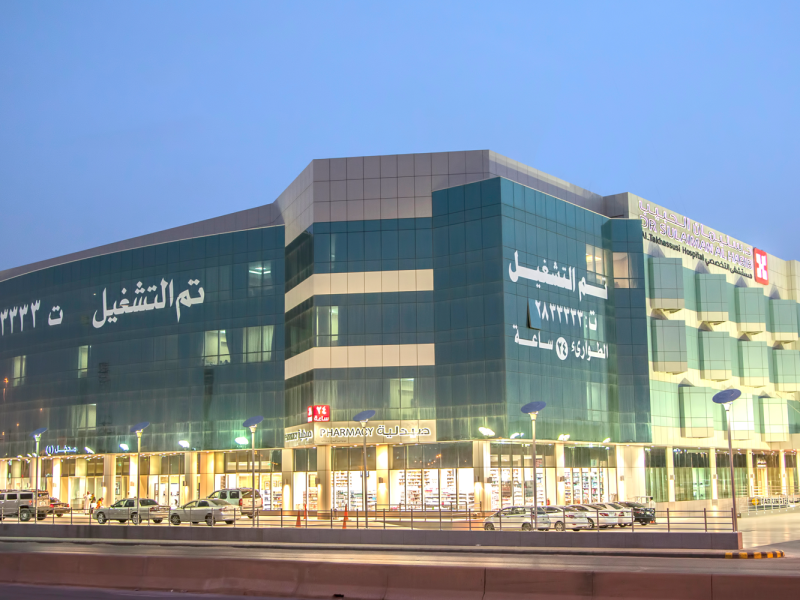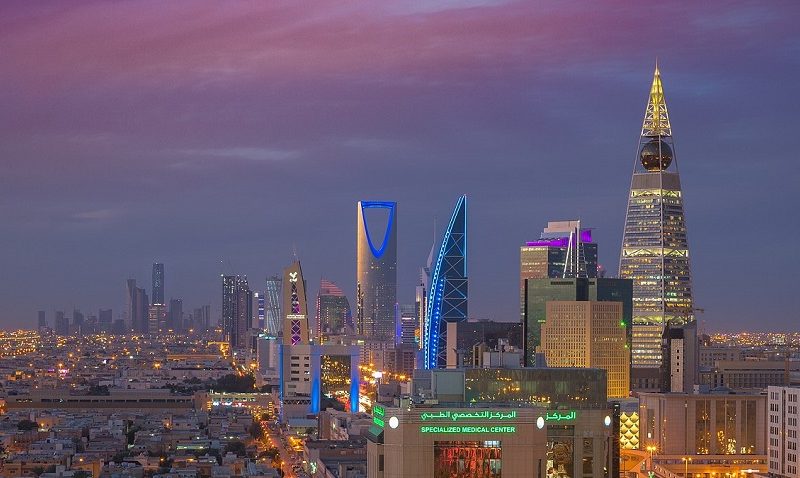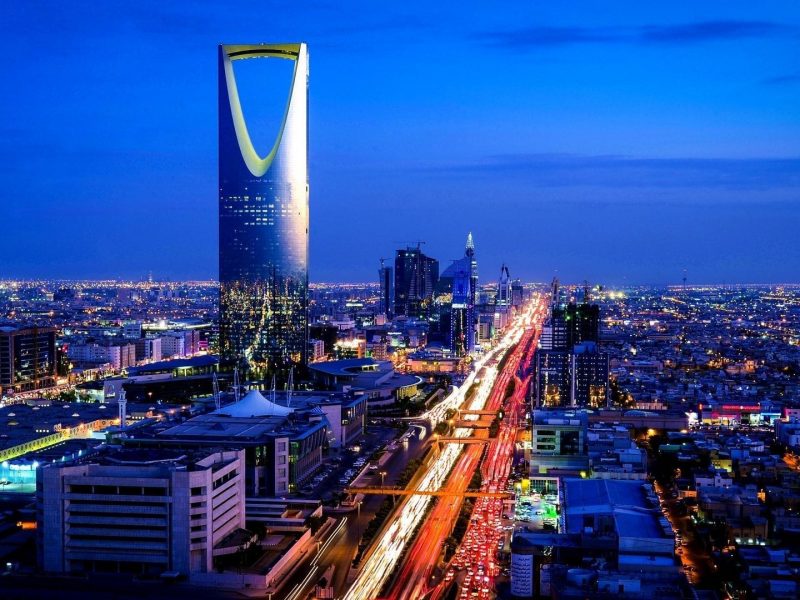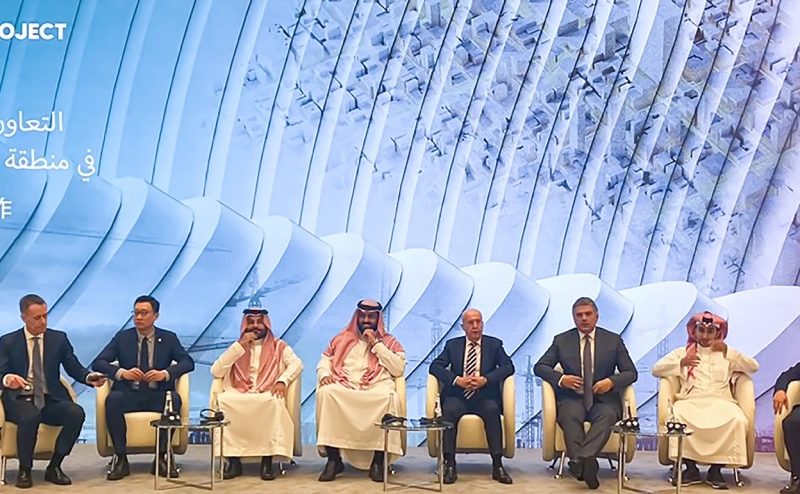Diriyah Gate Development Authority (DGDA) was established with a vision in 2017, with a pipeline budget of $20bn to transform 7km2 of Saudi Arabia’s birthplace – Diriyah – into the world’s largest cultural and heritage destination and a key part of the kingdom’s bid to become an international tourism hub within its Vision 2030 objectives.
Centred around the UNESCO World heritage site At-Turaif, the historic town of Diriyah is being developed by DGDA following traditional Najdi architectural styles and classic mud-brick façades.
DGDA’s edict is to transform the site and the surrounding Wadi Safar and Al Bujairi neighbourhoods into vibrant destinations while preserving the At-Turaif heritage site and empowering the entire Diriyah community.
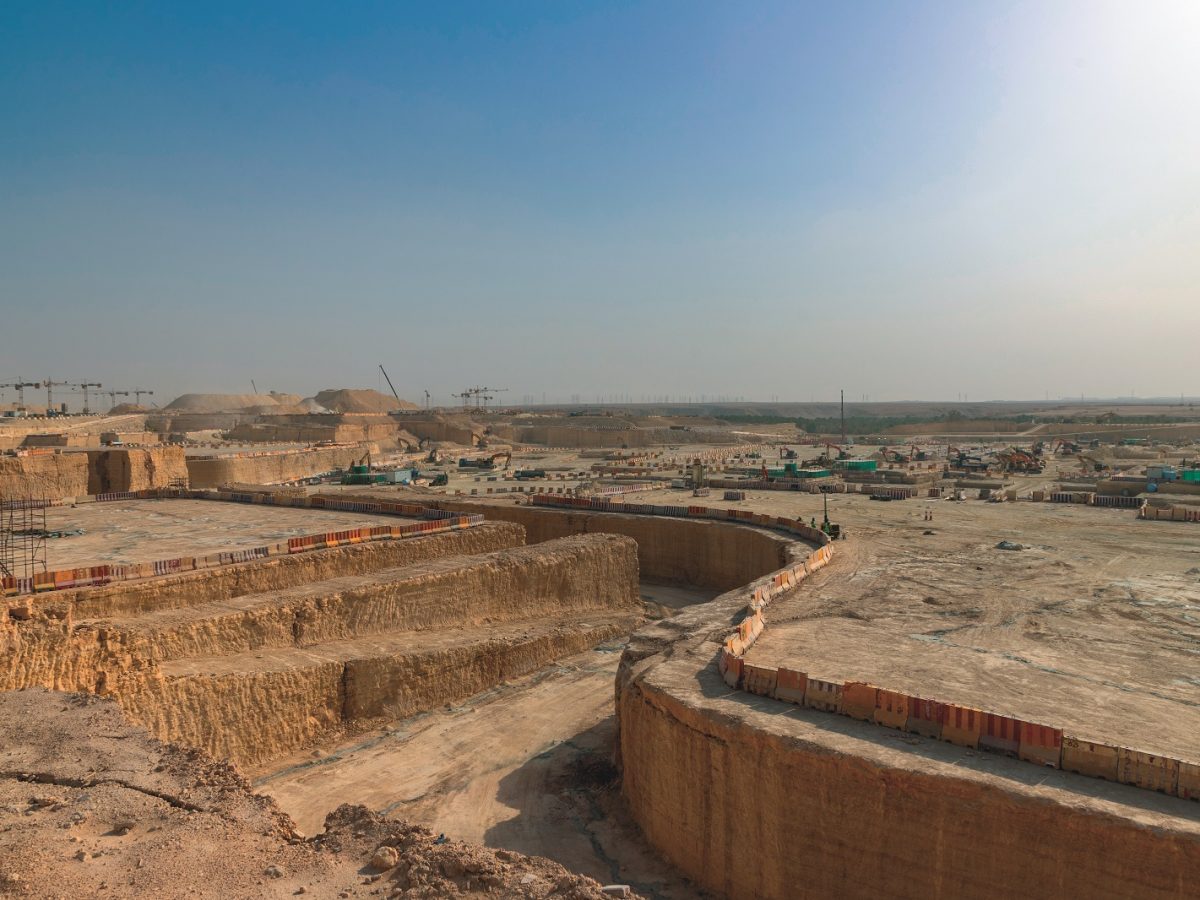
In an exclusive interview with Construction Week Middle East, Mohamed Saad, acting president of DevCo, DGDA, talks about the significant construction milestones they have achieved, how the developer is approaching sustainability in its broadest sense, and how the historic town of Diriyah is being transformed into a global tourism destination rooted in heritage and culture.
“Since 2018, Diriyah has been host to the Middle East’s first and only Formula E and, most recently, to the Diriyah Contemporary Art Biennale. We also have several museums, galleries and artistic hubs in the pipeline which will showcase the extraordinary national heritage while paying homage to the area’s artistic and intellectual roots,” Saad confirms.
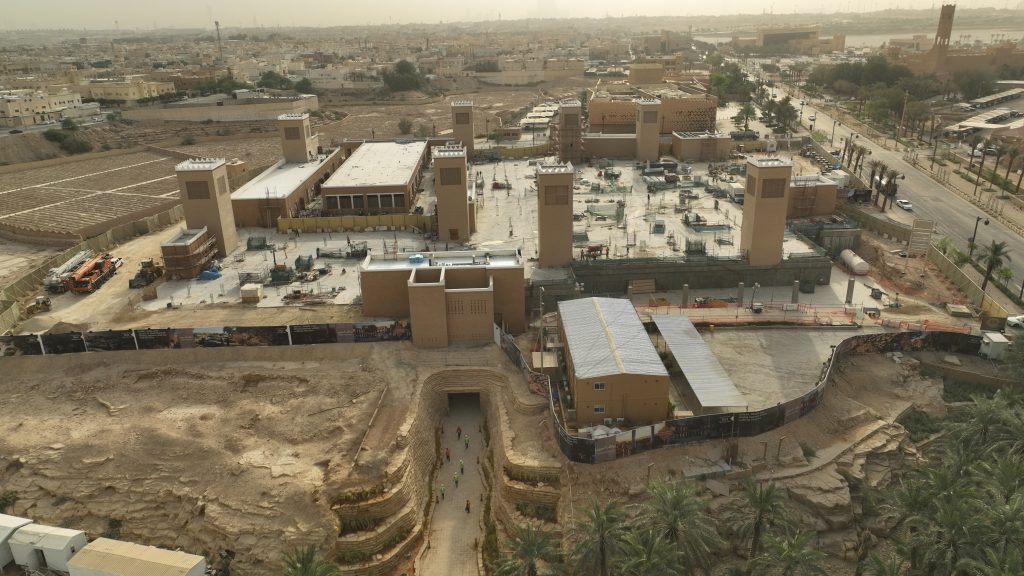
Revealing further news on the gigaproject’s progress, he says that Diriyah will be opening assets while simultaneously breaking new ground every year, beginning with Bujairi Terrace.
In May 2022, DGDA announced infrastructure and landscape works in Wadi Hanifah – Saudi Arabia’s most iconic oasis – that will turn it into a nature-based escape, including trails, walks, and open spaces, effectively making it a peaceful getaway from the buzz of Riyadh.
One of the key factors making the Diriyah project special is its pedestrian-friendliness, a by-product of DGDA’s underground basement parking that can accommodate more than 10,000 cars at a time.
Continuing the conversation, Saad says that it is vital that the development ensures a “viable, long-term economical operation, that can provide socio-economic benefits to our community and other stakeholders” that are distributed fairly, “including stable employment and income-earning opportunities, social services and contributions to poverty alleviation”.
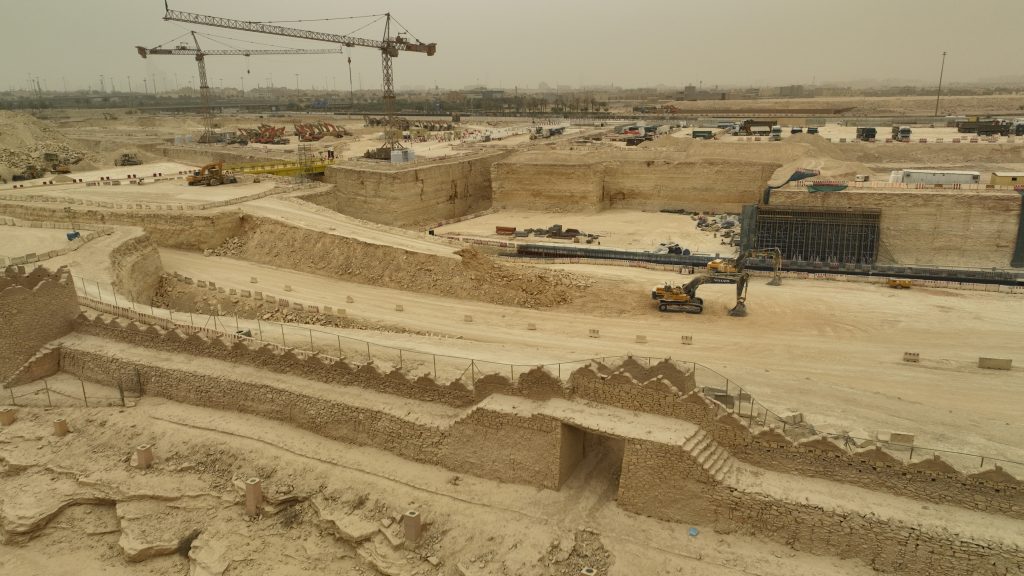
When asked how these steps were implemented, he notes: “One way we are doing this is by ensuring that the thousands of jobs we are creating in Diriyah are sustainable long-term, by harnessing the full potential of the ambitious youthful people ready to work in Saudi Arabia.
Diriyah’s next chapter
Saad remarks that standing on the outskirts of Diriyah itself shows how vast the development is.
“The foundations, excavations, and non-stop construction activity stretch far into the horizon, and we are only just getting started, restoring the birthplace of the kingdom.
“At Diriyah, we have an existing thriving community, which is our absolute top priority. Ensuring our residents can live, work and play in a way that supports their health, prosperity and wellbeing are factored into our approach.”
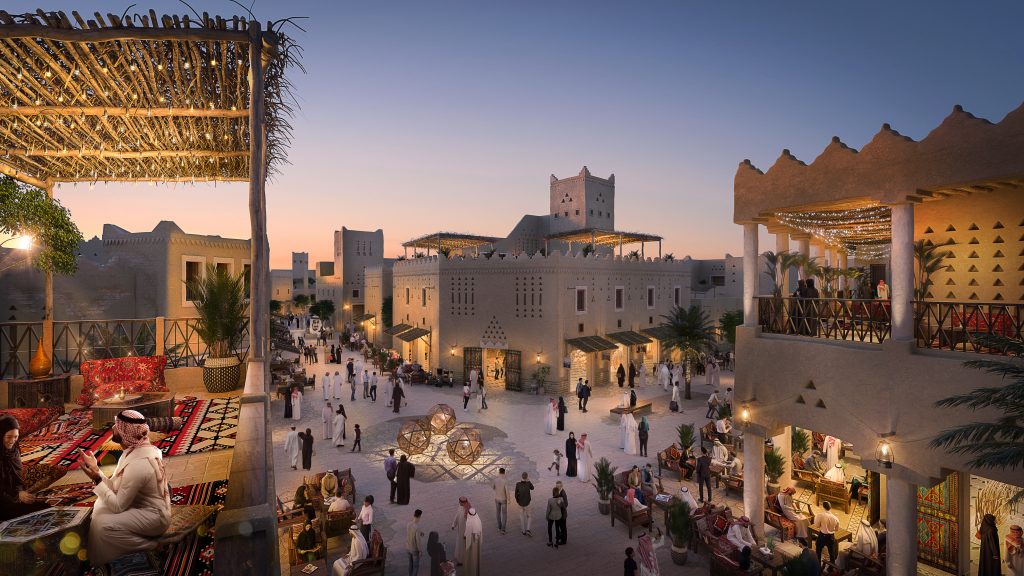
With that thought, he concludes: “From the authority’s senior leadership to our recruits, there is immense pride in what we are doing. This is the largest and most important project many of us will ever work on. Each of us is a guardian and custodian of Diriyah’s historical legacy and its charming future. We all know the significance of this project and are working hard to see its completion.”
This story is part of Construction Week Middle East’s KSA Gigaproject special report, which first appeared in the July issue of the magazine. You can read the full story here.
To view the July issue of the Construction Week Middle East magazine, click here.


